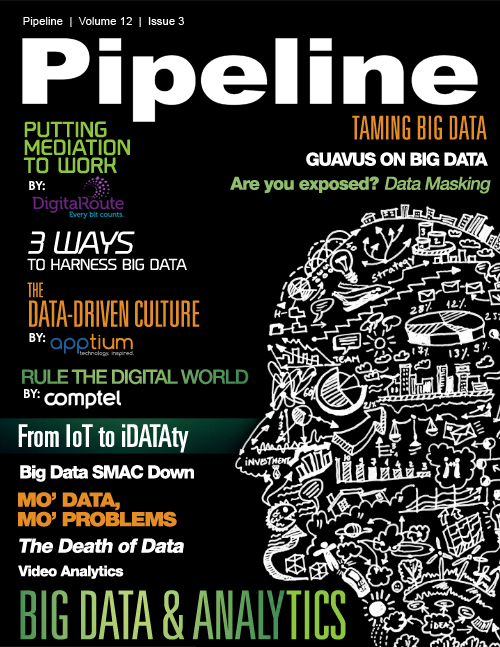Taming Big Data
Location-based services
The mobile story has widened from smartphones and tablets to just about every device under the sun. As we covered in Pipeline earlier this year, talking toasters are already here, so one can only imagine what's next. More endpoints to connect means more potential business for CSPs, but also many more challenges. Again, this requires the integration of more data streams into an analytical framework. Mobility inherently brings location into the picture, as well.
Combining lifestyle and mobile profiles with subscriber usage and location-based data allows service providers to create targeted offers as well as innovative service bundles. Location data is very useful for the subscriber on the go who has just landed in a new city, for example. A custom landing page could load as the subscriber walked down to the baggage claim, complete with relevant offers and local information. Another great example is IoT service bundling that leverages location data, much like the basic auto-profile feature some smartphones offer today. Imagine a connected refrigerator that doesn't ping a customer's smartphone with an automated shopping list until that customer enters a store. There are many more examples in telematics, smart cities, and eHealth that leverage location data; but first, it must be as accessible and actionable as call record data or network diagnostics.
Data is the new gold
There is a very compelling reason to get out ahead of big data and make it an integral part of every layer in an organization: data is the new differentiator. In fact, it could be argued that data is the only differentiator as the world becomes digitized. Just follow the money and take a look at the stock market. The valuation of businesses like Google, Facebook, and Uber show just how precious data is.
Much like the CEM trend that preceded it, big data must be integrated into all elements of an organization in order to have the greatest impact and create the kinds of synergies that deliver on the promise of the technology. If proactive customer care is to be achieved, then data from numerous silos must be integrated or available for analysis at the same time, and the systems that perform the analytics must be "aware" of the numerous interdependencies that exist in a service provider organization. In other words, systems must take into account the impact that a network change might have, not only on the customer experience, but also the performance of a new marketing campaign in a specific region. Data is the new gold, and taming it is ever more important for service providers today.



















